May 16, 2024 | 09:20 GMT +7
May 16, 2024 | 09:20 GMT +7
Hotline: 0913.378.918
May 16, 2024 | 09:20 GMT +7
Hotline: 0913.378.918
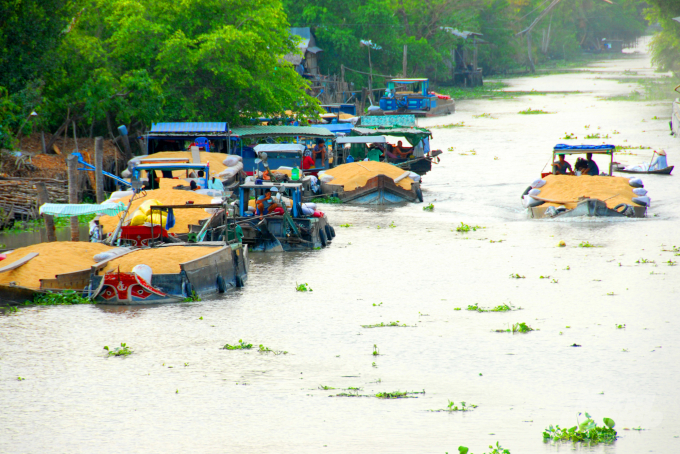
The Long Xuyen Quadrangle is located in An Giang, Kien Giang and Can Tho Provinces. Covering a total area of nearly 600,000 hectares, it is a key area for rice production and freshwater aquaculture. Photo: Le Hoang Vu.
The Long Xuyen Quadrangle is located in An Giang, Kien Giang and Can Tho Provinces. Covering a total area of nearly 600,000 hectares, it is a key area for rice production and freshwater aquaculture. Currently, the Long Xuyen Quadrangle has become the largest rice production area in the Mekong Delta with a total output of nearly 5 million tons/year.
According to Nguyen Huu Thien, an expert on ecology in the Mekong Delta, thanks to the huge volume of water temporarily stored in the Long Xuyen Quadrangle, the river reaching the lower areas like Can Tho and Vinh Long Provinces becomes more peaceful.
On the left bank of the Tien River is another low-lying field, Dong Thap Muoi. The field could reach about 700,000 ha wide and 3-4m deep during the flood season and could absorb about 10 billion m3 of water. The Tien River therefore becomes peaceful on reaching Cao Lanh, Sa Dec Districts (Dong Thap Province) and Vinh Long Province.
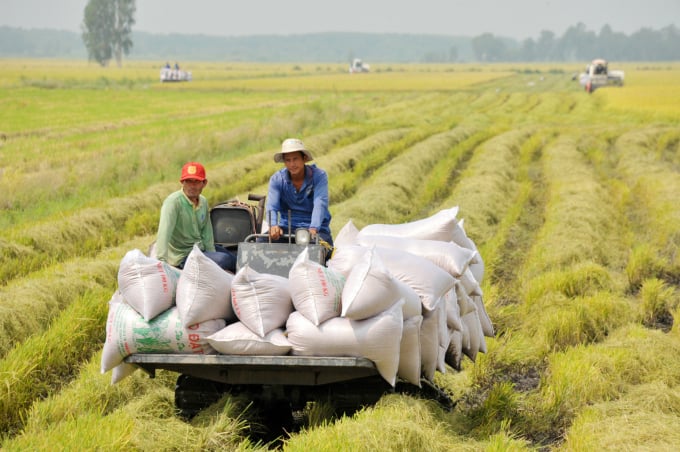
The Long Xuyen Quadrangle has become the largest rice production area in the Mekong Delta. Photo: Le Hoang Vu.
In the dry season, when the water of the upper Mekong River becomes weaker, the water from these three "bags of water" (Tonle Sap, Long Xuyen Quadrangle, Dong Thap Muoi) flows out, contributing to the Mekong River that balances salt and freshwater in the coastal area.
According to Thien, agriculture has been focusing on maximizing rice production in recent years. Therefore, to cultivate three rice crops a year in deeply flooded areas, a system of closed dikes of over 250,000 ha has been built in the Long Xuyen Quadrangle and Dong Thap Muoi to prevent water from flowing.
When the Mekong River loses space during the flood season, the water has to find other spaces elsewhere, increasing flooding for villages and towns below. Some studies have shown that the dike plots increased the flood peak water level by about 13cm in Can Tho City and 8cm in My Thuan (Vinh Long) in 2011. Water that cannot be temporarily stored in the field will flow into the sea during the wet season, and in the dry season, saltwater intrusion will be more severe at the estuaries; thereby increasing the need for construction of salt control works.
Salinity control works cut off connections between rivers and seas, causing degradation of marine ecology and decline in marine fisheries. Meanwhile, rivers are stagnant inside and there is no fish left. Water is no longer usable for daily life, causing an increase in groundwater use and in the rate of delta subsidence.
Thus, the central key of the problem is the need to reform the agriculture following the Resolution 120 of the Government, reduce the intensive cultivation of three rice crops, and reduce the closed dike, in addition to developing other livelihoods during the flood season to recreate flood-absorbing space, bring in silt, restore aquatic resources in flood season, river and marine fisheries, restore rivers to reduce groundwater use and reduce subsidence for the delta.
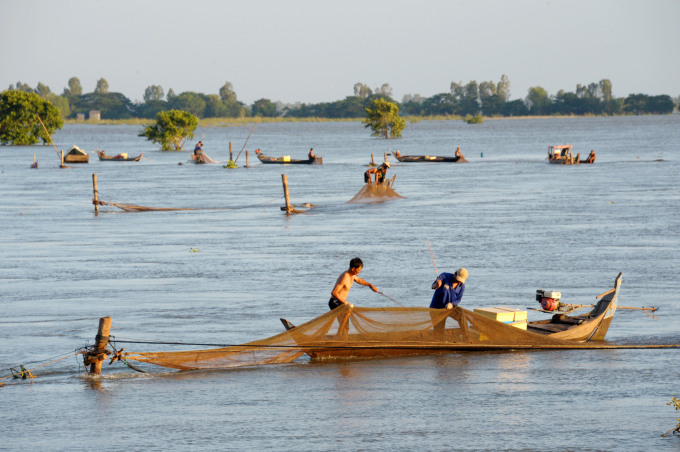
In the flood season, the Long Xuyen Quadrangle is naturally flooded up to 3m deep. Photo: Le Hoang Vu.
Together with the Dong Thap Muoi sub-region, the Long Xuyen Quadrangle has an important hydrological regulation function in the Mekong Delta.
In the flood season, the quadrangle is naturally flooded up to 3m deep, absorbing a large volume of flood water, silt, and aquatic resources, helping to reduce flooding in downstream areas.
In the dry season, flood water in this low-lying area complements the flow, helping to balance the salt and fresh water for coastal provinces.
Recently, the People's Committees of the two provinces of An Giang and Kien Giang have signed a cooperation agreement on water management in the Long Xuyen Quadrangle, including water resources, flood control, salinity control, water supply for agricultural production, and the responsibilities of local authorities.
On this basis, the two provinces jointly manage, protect, exploit reasonably, economically, harmoniously and effectively water resources, in addition to preventing and overcoming consequences of natural disasters in order to ensure water supply for local daily life, economic sectors, environmental protection and sustainable development in the Long Xuyen Quadrangle.
The system of irrigation works in the region has been properly invested and operated as flood regulation and saline control have been proved effective, meeting the requirements of creating water sources for irrigation, navigation and local lives.
By now, more than 100,000 ha of rice have been planted for 3 crops and over 20,000 ha of vegetables of all kinds have been planted in the Long Xuyen Quadrangle.

The system of irrigation works in the region has been properly invested and operated, meeting the requirements of providing water for irrigation, navigation and people's lives. Photo: Le Hoang Vu.
“The term ‘flood season’ does not exist in the language of the residents in the southwestern area but the term ‘floating season’ because they see the water rising slowly and gently. The reason is that the Mekong Delta is naturally endowed with three water absorbing and regulating ‘bags’, namely Tonle Sap Lake in Cambodia, Long Xuyen Quadrangle, and Dong Thap Muoi”, said Thien.
In the rainy season, when the water of the Mekong River rises and flows from the upstream, part of the water flows downstream and a part turns right and flows back into the 120km-long Tonle Sap stream into Tonle Sap Lake.
The size of this lake in the dry season is only about 2,500 km2 with the volume of about 1 billion m3, but in the rainy season, it expands to 12,000 km2, containing 60 billion m3, over half of which is water from the Mekong River, containing about 30 billion m3.
Thanks to Tonle Sap Lake absorbing and temporarily storing a huge amount of water, the Mekong River becomes more peaceful.
The Mekong River enters Vietnam by two tributaries, the Tien River at Tan Chau and the Hau River at Chau Doc.
On the right bank of the Hau River lies a large low-lying field covering about 600,000 hectares, called the Long Xuyen Quadrangle.
When the water of the Mekong River overflows the fields from Cambodia and from the Hau River, the field is about 2.5m flooded. About more than 9 billion m3 of water is temporarily stored in this field. The water of the Mekong River carries the sediment, fish eggs and young fish of the Mekong River.
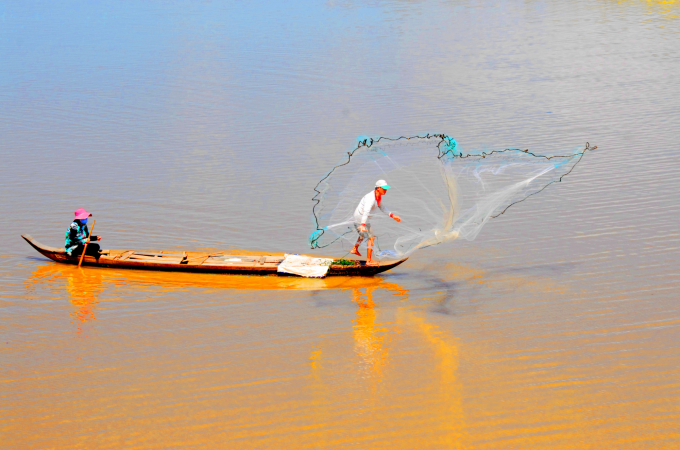
Farmers are seen fishing during the flood season in the Long Xuyen Quadrangle. Photo: Le Hoang Vu.
According to Tran Anh Thu, Vice Chairman of An Giang Provincial People's Committee, on average, each rice crop in An Giang produces from 180,000 to 220,000 hectares out of a total of 643 sub-regions, of which 421 sub-regions have thorough dikes covering a total area of about 194,000 ha.
However, in recent years, An Giang Province has been negatively affected by the influence of severe climate change, so the local authorities have envisioned a flood scenario in the Mekong Delta at alert level 2 to proactively respond and adapt to the natural changes to ensure successful rice crops.
Currently, An Giang is proposing the construction of fresh water storage and supply reservoirs Tra Su - Tri Ton located in the sub-region of Long Xuyen Quadrangle in the lower Mekong River which is a watershed bordering Cambodia. When the flood comes, the water rises, affecting local livelihood while in the dry season, many areas suffer from a lack of water for production and daily life.
Therefore, the construction of a natural freshwater reservoir for the Long Xuyen Quadrangle is necessary to regulate floods and provide water for the region as well as the Mekong Delta.
According to the original project, the lake has a total area of 3,050ha with 37.4km of embankment, serving to irrigate 30,000 hectares of agricultural land. The reservoir has 6 operating gates, using pumps and sluice gates instead of rubber dams.
“Storing flood water to regulate and manage water between the flood and the dry seasons, ensure locals’ livelihood as well as protect the environment and provide sufficient water for agricultural production all year round in An Giang is of crucial importance in the current context of climate changes,” Thu said.
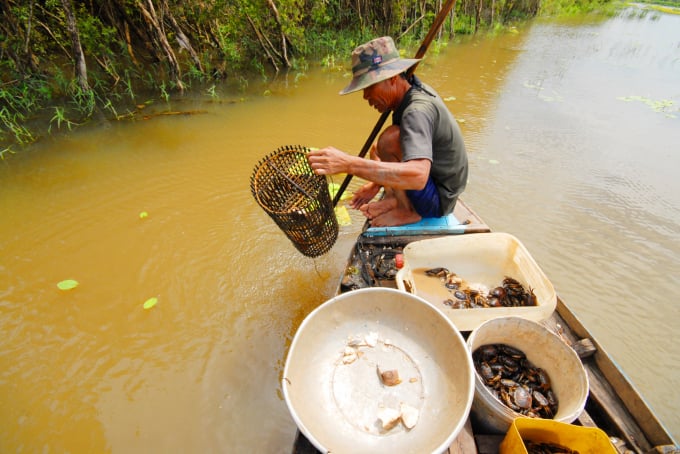
An Giang Province is implementing the construction of new freshwater reserves in the next 10 years. Photo: Le Hoang Vu.
An Giang Province is implementing the construction of new freshwater reserves in the next 10 years. In the immediate future, the province is implementing two basic solutions to store fresh water to serve production and local activities in the dry season.
The first solution is to radically change the crop structure in the province and reduce the area for rice production, especially summer-autumn crop because rice is a water-intensive crop. Therefore, it is necessary to switch to upland crops that use less water but bring high economic efficiency such as mango, banana or sorghum that are being planted in the area.
The second solution is water-saving irrigation. The province is currently encouraging farmers, cooperatives and agricultural production enterprises to apply water-saving irrigation technologies that ensure both growth and high yield.
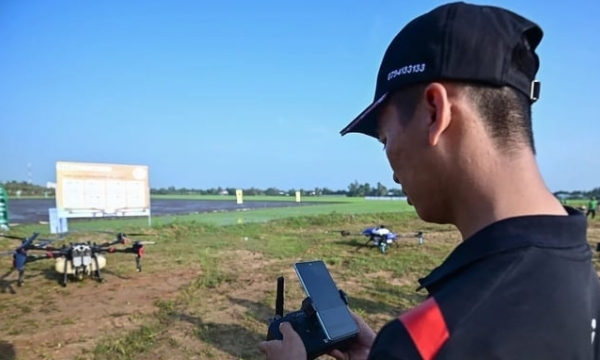
(VAN) Deputy Permanent Chairman of the National Committee for Digital Transformation Tran Luu Quang chaired the symposium on 'Promoting digital transformation of agriculture,' held on May 14.
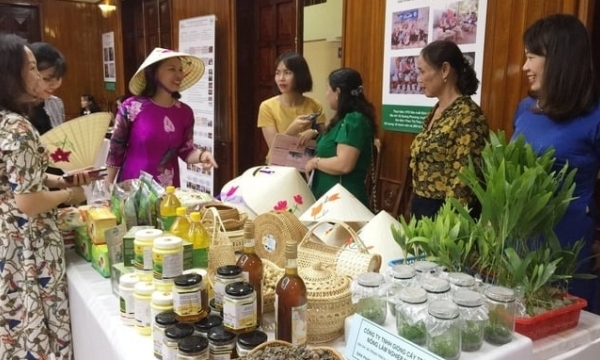
(VAN) After seven years of implementation, the Commercial Smallholder Support Project (CSSP) successfully aided numerous local households in escaping poverty, with multiple infrastructure projects initiated across Bac Kan province.
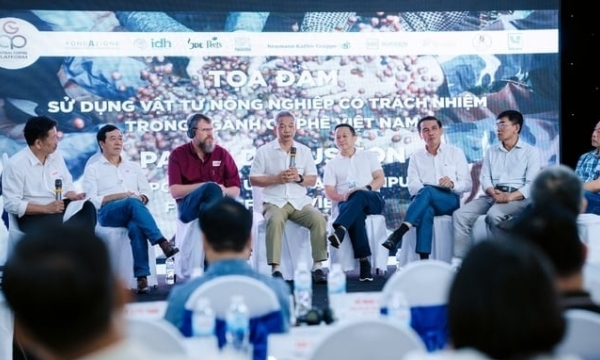
(VAN) The Global Coffee Platform (GCP) recently hosted a multi-stakeholder panel discussion on responsible use of agro-inputs in coffee production in Vietnam
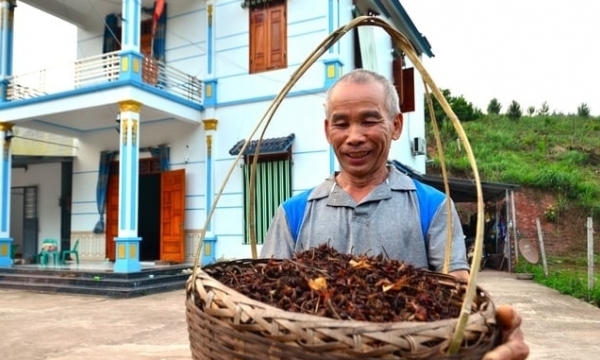
(VAN) Vietnam's Agriculture Newspaper engaged in a discussion regarding forest-based economic initiatives with Mr. Nguyen Huu Hung, General Director of Lang Son's Sub-Department of Forest Protection.
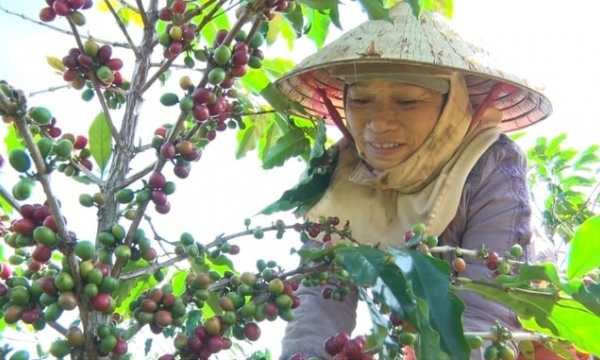
(VAN) The project is expected to increase the average income by 40% for approximately 2,000 coffee-growing households in the conversion of 2,500 ha.
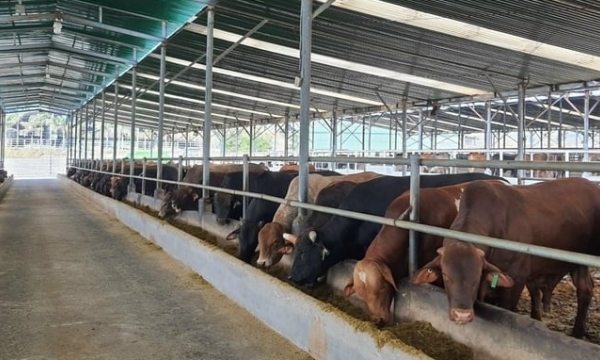
(VAN) The Animal Husbandry Association of Vietnam proposed the incorporation of the livestock sector and facilities in the current greenhouse gas inventory list.
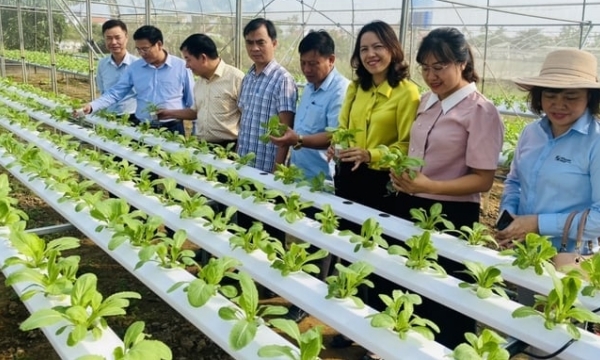
(VAN) By employing modern hydroponic technologies in vegetable farming, Thai Son Cooperative has doubled its profit in after the first crop.